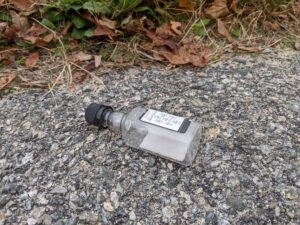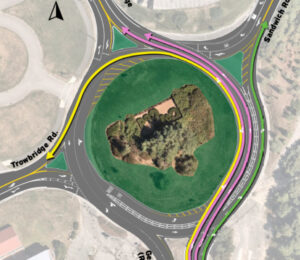 WOODS HOLE – A new study from researchers at the Woods Hole Oceanographic Institution and Harvard University may have answered a long-standing question about how small amounts of carbon become locked away in rock and sediments.
WOODS HOLE – A new study from researchers at the Woods Hole Oceanographic Institution and Harvard University may have answered a long-standing question about how small amounts of carbon become locked away in rock and sediments.
Knowing how that process occurs could help explain why the mixture of gases in the atmosphere has remained stable for so long.
Atmospheric carbon dioxide is an inorganic form of carbon.
Plants, algae, and certain types of bacteria can pull that CO2 out of the air and use it as a building block for sugars, proteins and other molecules in their body.
The process transforms inorganic carbon into an “organic” form while releasing oxygen into the atmosphere.
The reverse occurs when those organisms die.
Lead author of a new study Jordan Hemingway, a Harvard researcher and former student at WHOI, says one of the key reasons Earth has remained habitable is that this chemical cycle is slightly imbalanced.
For some reason, a small percentage of organic carbon is not broken down by microbes, and instead stays preserved underground for millions of years.
Hemingway says that in order to have oxygen to breathe, some of the organic carbon has to be hidden away where it can’t decompose.
























